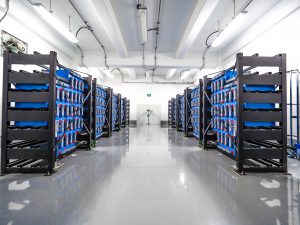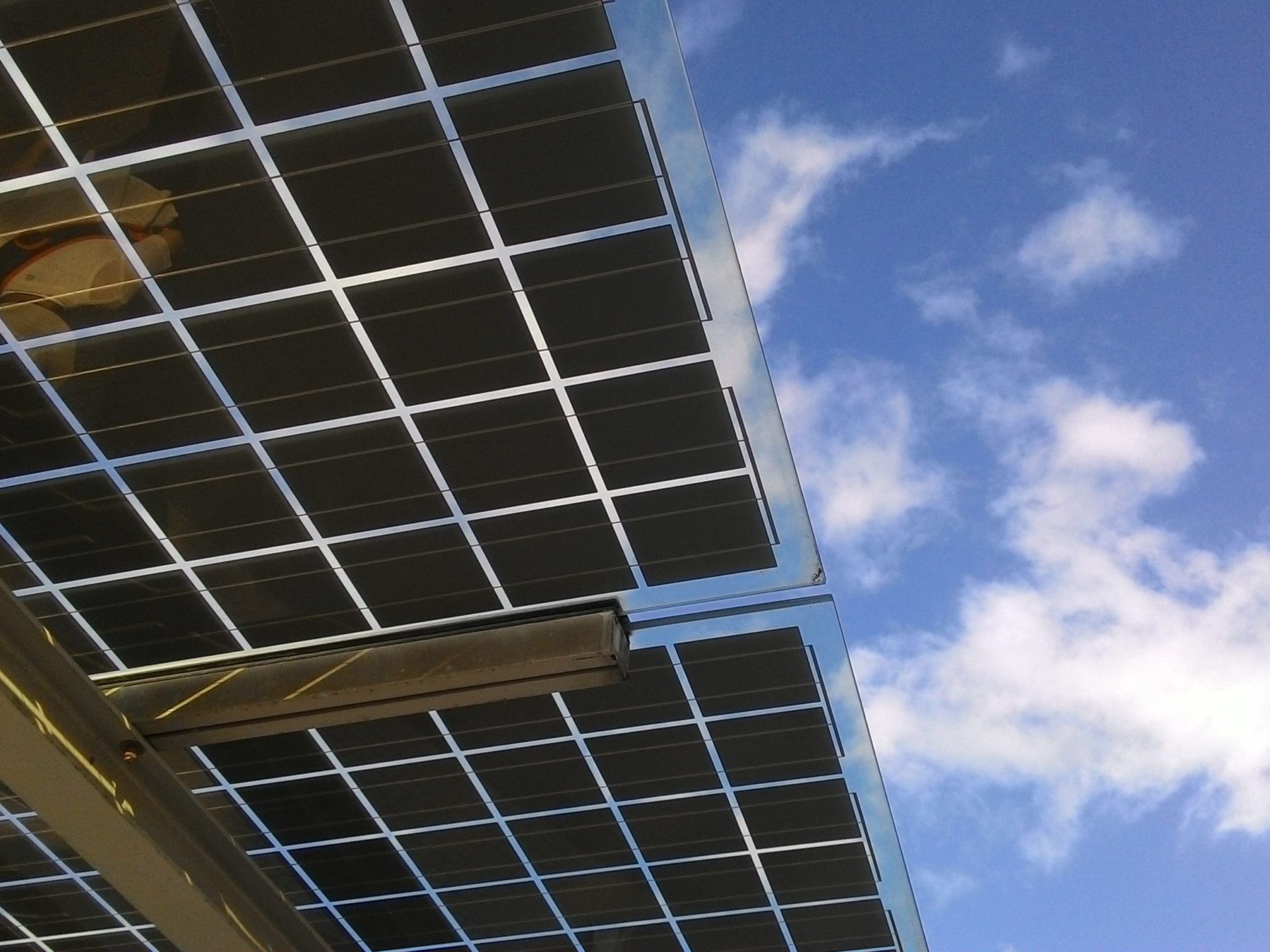
We all know that solar power is good — it’s renewable, doesn’t cause air pollution, and doesn’t use fossil fuels that drive climate change. More recently, some researchers are saying that it’s well on its way to becoming less expensive to generate solar power than to build and operate traditional coal- or gas-fueled plants.
A new project is looking at yet another benefit for solar power: the ability of local governments and critical community facilities to generate power onsite when the grid is down.
“We always encourage more solar because it’s better for the environment and causes less pollution – but now we can say it also provides more safety,” said Sarah Vitale, senior planner for the Tampa Bay Regional Planning Council (TBRPC).
Facilities like emergency shelters, fire and police stations, sewage lift stations, hospitals and large nursing homes may all have back-up generators but they’re expensive to run, and fuel could be difficult to obtain if seaports are damaged in a significant hurricane. “It could be days or weeks before power is fully restored,” Vitale notes.
Looking ahead

Formally titled “Clear Sky Tampa Bay Project: Developing a Resilience Framework for Assessing Solar+Storage,” the project will result in a toolkit that allows local governments to assess the costs and benefits of solar power and appropriate storage in the context of a major natural disaster. Working with sustainability managers for Hillsborough, Manatee, Pasco and Pinellas counties as well as the city of Largo, the TBRPC project will help local governments determine the most economical choices for public safety and post-recovery objectives.
Part of the challenge will be building “energy islands” that allow the solar-powered facility to keep its essential functions running when the grid is no longer working due to weather-related outages.”This makes the solar plus storage system with islanding capabilities essential in places like Tampa Bay that commonly face electrical service interruptions like those caused by hurricanes.”
Other issues the project will be tackling include leveraging FEMA (Federal Emergency Management Agency) Community Lifelines to enable the continuous operation of critical government and business functions; siting solar panels for optimum collection and reviewing storage options.
The toolkit should be complete by May 2021. Tampa Bay is one of only eight teams nationwide to receive funding for this type of study from the U.S. Department of Energy’s National Renewable Energy Laboratory (NREL)
